“Correction does much, but encouragement does more.” – Johann Wolfgang Von Goethe
79 F. high in the Twin Cities Friday.
84 F. average high on July 18.
94 F. high on July 18, 2013.
July 18 in Minnesota Weather History:
2000:
A National Weather Service cooperative observer south of Tower reported
a morning low of 29 degrees. Embarrass reported 31 degrees.
1987: The town of Floodwood lives up to its name with nearly 6 inches of rain in two days.
Extra Aqua
It's been a curious summer.
I've developed a new exercise routine: dock-raising calisthenics, followed by aerobic basement-mopping and vacuuming.
According to the National Weather Service 2014 is still the wettest year on record, to date, in the Twin Cities.
For
fun? I put on waders to ford my flooded lakeshore and sit in my boat.
It's the one with the cobweb racing stripe. OK, it's more floating than
boating. In the evening I watch a cherry-red sun slip below the
northwest horizon and marvel at the massive gunmetal-gray smoke plume
high overhead.
Canada's Interagency Fire Center reports total
acres burned more than 6 times the usual number, which may be
unprecedented looking back 10,000 years.
The same surreal jet
stream pattern that brought June floods and 35F to Brimson, Minnesota
Wednesday morning is sparking 80s and lightning strikes near the Arctic
Circle. The 7-Day calls for smoke, heat & storms.
Monday may
be the hottest day yet this summer: low to mid 90s possible, with
another swarm of jungle-like downpours (and potentially severe
thunderstorms) by Tuesday, especially central and northern Minnesota.
A
stray T-shower may bubble up for today's Aquatennial Events in
Minneapolis. Sunday should be the sunnier, drier day to enjoy a smoky
sunset, served medium rare.
Extended MSP Meteogram.
European model guidance suggests Sunday will be the warmer day of the
weekend, with temperatures probably peaking Monday afternoon in the low
90s. A stray T-shower can't be ruled out today along the leading edge of
this next sticky airmass, but Tuesday looks like the most volatile day
with a possible severe storm outbreak, followed by a slight dip in dew
point the middle of next week.
Tuesday Severe Storm Outbreak?
Leveraging CIPS Analog Threat Guidance from Saint Louis University
confirms my theory that Monday night into Wednesday morning of next week
may be a very active period for locally heavy rainfall and a potential
severe T-storm outreak as a surging warm front, high dew points and
significant instability combine with ample wind shear aloft. I would bet
a stale bagel we'll see severe storm watches and warnings next Tuesday.
2014: Still Wettest Year for MSP, To Date.
Meteorologist D.J. Kayser confirmed with the local Twin Cities National
Weather Service that it's still the soggiest year on record, to date,
looking back to 1871. 27.65" of precipitation as of July 18, even wetter
than 1965 and 2013.
Record Cool Spell for Mid-July.
There was no confirmed frost up north Wednesday morning, but we came
very close. Dr. Mark Seeley highlights some of this past week's weather
oddities, specifically the record cool spell that swept southward out of
Canada Monday into Wednesday. Here's a highlight of this week's
Minnesota WeatherTalk: "...
The
cold air took residence for about 48 hours and brought new record cold
mean daily temperatures (average of the maximum and minimum values for
the day) to many communities on Tuesday, July 15th. Some of these
records include: 55 F at Pipestone; 57 F at Windom; 58 F at Waseca and
Grand Meadow; 59 F at Zumbrota, Austin, and Winnebago; and 60 F at
Rochester. Finally, clear skies, high pressure, and calm winds brought
some record minimum temperature values on Wednesday morning to northern
and western parts of Minnesota. Some of the new records included; 35 F
at Brimson; 38 F at Hibbing (tied 2007); 39 F at International Falls,
Silver Bay, Crane Lake, Eveleth, and Orr; 45 F at Wheaton; and 46 F at
Marshall and Worthington..."
Worst Wildfire Season in Decades in Canada's Northwest Territories. It's the source of the milky-white pall of smoke drifting over Minnesota and much of the rest of the USA.
Alaska's Dispatch News has the article; here's an excerpt that caught my eye: "...
According
to the Canadian Interagency Forest Fire Center, there have been 31 new
fires in the past 24 hours across Canada, over 2,500 so far this year
and well over 2.47 million acres burned to date, early in the season.
According to Flannigan, in recent years, about 8,000 fires burn about
4.9 million acres of land each year in Canada. That’s about double the
annual average of just 40 years ago, he says.
Canada’s senior climatologist, Dave Phillips, says the southern
Northwest Territories is experiencing the hottest, driest summer in some
50 years..."
Photo credit above: "
This
Tuesday, July 15, 2014 aerial photo provided by Canada's Wildfire
Management Branch shows the Mount McAllister wildfire in the
northeastern region of the British Columbia province of Canada. An
evacuation order has been issued for the District of Hudson's Hope in
northeastern British Columbia ahead of the wildfire which is threatening
the community of about 1,150 residents." (AP Photo/The Canadian Press, B.C. Wildfire Management Branch).
Fire Hotspots.
Hundreds of fires are burning from the Pacific Northwest into much of
western and northern Canada, in response to record heat and drought.
The Canadian Wildland Fire Information System has the location of the most significant wildfires.
Erratic Polar Jet Stream Contributing to Historic Fires Across Canada & Siberia? Robert Scribbler
has a very interesting post, focusing on the severity and aerial extent
of fires raging unusually far north for July. Is polar amplification,
triggered (in theory) by rapid Arctic warming, a factor? Here's an
excerpt: "...
According to reports from Canada’s Interagency Fire Center, total acres burned to date are more than six times that of a typical year.
A rate of burning that, according to a recent scientific study, is
unprecedented not just for this century, but for any period in Canada’s
basement forest record over the last 10,000 years..."
Photo credit above:
NWT Fire Facebook.
Seeing Things More Clearly.
NOAA's National Ocean Service
has a story about how the agency used a new technique for obtaining
aerial photographs in the wake of Hurricane Arthur, and why this is a
step forward. Here's an excerpt: "...
These missions marked the first
time that surveyors collected oblique imagery, or images taken at an
angle rather than straight down, in response to a tropical cyclone. The
advantage to this type of approach is that it allows the team to
photograph a wider area and also improves the visibility of vertical
structures, such as the sides of buildings, as opposed to only the tops
of buildings as typically seen in traditional imagery. In addition to
the photos collected along the coast, the survey team evaluated a GoPro®
to collect video during the flight. The goal of this new layered
approach in aerial video and photo documentation is to provide and
evaluate better visual context that might be missing in vertical
photography alone — the sole type of imagery gathered by NOAA surveyors
in past missions..."
Photo credit: A New Angle. "
Imagery
collected by NOAA in the aftermath of Hurricane Arthur tested new
photographic techniques that may lead to more comprehensive post-storm
surveys in the future. Shown here: the North Carolina coast near
Rodanthe shortly after Hurricane Arthur passed through the area."
Hurricane Arthur Losses Will Not Exceed $250 Million: RMS.
Claims Journal has a recap on damage to North Carolina from Hurricane Arthur; here's an excerpt: "...
Arthur
is the first hurricane to make landfall in the U.S. since Hurricane
Sandy in 2012. What is unusual about Arthur, particularly for this time
of year, is that it rapidly deepened to become a category 2 hurricane,”
said Brian Owens, senior director, business solutions at RMS. “It’s also
rare for hurricanes to form in early July, which climatologically is
the quietest time of the hurricane season...”
Typhoon Rammasun Comes Ashore. Although sparing Hong Kong, Rammasun was estimated by the
Joint Typhoon Warning Center to be a very strong Category 3-4 hurricane as it pushed into southern China Friday.
Image credit:
ga2.cira.colostate.edu
Radar Track of Rammasun.
Here's an impressive radar animation showing reflectivity and
accumulated rainfall estimates from the Super Typhoon that hit southern
China. Animation credit
here.
July 18, 1986 Brooklyn Park Tornado Coverage. Tom Oszman at
TC Media Now
has done a terrific job archiving video clips from local TV broadcasts
over the last 40+ years; here's a compilation of the coverage from July
18, 1986, the day KARE-11's helicopter tracked a tornado from beginning
to end. To this day I still look at the footage and shake my head in
wonder.
Japan Earthquake Has Raised Pressure Below Mount Fuji, Says New Study. Guardian Weekly has the story; here's the introduction: "
Mount
Fuji, or Fujisan as it is known in Japanese, is the highest point on
the archipelago (rising to 3,776 metres) and the national emblem,
immortalised in countless etchings. In June last year Unesco added it to the World Heritage list
as a "sacred place and source of artistic inspiration". But it is still
an active volcano, standing at the junction between the Pacific,
Eurasian and Philippine tectonic plates. Though it has rarely stirred in
recorded history, it is still potentially explosive..."
Map credit above: "
Proximity of Mount Fuji to the epicentre of the March 2011 earthquake." Christine Oliver/Guardian Source: Le Monde.
A Real-Time Picture of How Flights Are Now Avoiding Ukrainian Airspace.
The Washington Post's Wonkblog has the article; here's a clip: "
In the wake of the crash of Malaysian Flight 17, likely shot down over the Eastern part of Ukraine, several airlines have announced they will be routing flights around Ukrainian airspace. Real-time data from aviation firm FlightRadar24
seems to confirm this: it currently shows just a handful of flights
over Ukraine. Many flights appear to be skirting around the eastern and
western edges of the country, with just a small handful in Ukrainian
airspace proper..."
Heart Rate-Sensing Car Seats Could Alert Sleepy Drivers.
Gizmag has the story - here's a clip: "
Falling
asleep at the wheel is extremely dangerous both for the driver, and for
others sharing the road with them. A team of researchers at Nottingham
Trent University are working on a solution to this driving threat.
They're doing it with sensors in a car seat that detect the driver's
heart rate, and alert the driver if they start dozing off..."
Which Colors Do You Smell? I thought this curious article at
Huffington Post was worth a mention; here's an excerpt: "...
A
group of international researchers, led by Carmel A. Levitan at
Occidental College, tested whether our association of colors with smells
is universal (hard-wired in our brains) or based on cultural factors
like language and frequent association between objects and smells.
Previous studies are inconclusive: Some researchers have shown that
connections between odors, musical notes, and geometric shapes are
hardwired into our brains. But the color-odor connection isn’t always
consistent; Canadians consistently associate almond smell with the color
red, but in a separate study, Australians smelled blue..."
TODAY: Some sun, isolated T-storm possible. Dry for most towns. Dew point: 62. Winds: S 15+ High: 81
SATURDAY NIGHT: Isolated thundershower, a bit more humidity. Low: 67
SUNDAY: More sun, warmer & drier. Dew point: 67. High: 86
MONDAY: Sizzling sun. Feels like 95-100F DP: 70. Wake-up: 71. High: 92
TUESDAY: T-storms with heavy rain. Risk of a few severe storms. Dew point: 72. Wake-up: 74. High: 85
WEDNESDAY: Sunnier, less humid. DP: 63. Wake-up: 69. High: 84
THURSDAY: Typical July weather. Warm sunshine. Wake-up: 67. High: 85
FRIDAY: Some sun, spotty T-storms. DP: 68. Wake-up: 68. High: 84
Climate Stories....
Grim Harvest: Climate Change Sweeps Iowa Farms. Many
farmers, initially skeptical about climate change, are reconsidering
their views, considering their experiences out in the fields in recent
years. Climate volatility has gone from theory to reality. Here's an
excerpt of an Op-Ed at
Live Science: "...
He's
seen disease outbreaks when conditions are too wet, and lower yields
when it's too dry. Until recently, he was pretty skeptical that climate
change had anything to do with it. "Before the last three or four years,
I guess my vision of the world of climate change was about a few people
trying to make money on the deal," Gaesser said. He figured people were
just marketing high-efficiency this and low-carbon-emission that, just
to make a buck. "But as a farmer, in the last several years, we are
actually seeing those changes happen here on the farm..." (File photo: Pascal Rossignol, Reuters).
White House Announces New Climate Change Initiatives.
National Geographic has the story; here's a clip: "...
The National Journal runs
down the individual efforts by agency, which include a more than $236
million award to fund eight states’ efforts to improve rural electric
infrastructure and a new guide by
the Centers for Disease Control that will help local public health
departments assess their area’s vulnerabilities to health hazards
associated with climate change..." (File photo: Matt Brown, AP).
Mysterious Siberian Crater Found at "End of the World" - Is There a Larger Story Here? Daily Kos
has an article speculating on the cause of a crater recently created in
Siberia - is it really a possible signal of underground methane
explosions as that region of Russia continues to warm? Here are a couple
of excerpts: "...
A mysterious crater almost the size of a football field discovered in a remote part of Siberia's Yamal peninsula known as the end of the world
may have profound implications about the stability of Arctic methane
and catastrophic climate change...Permafrost in this area is melting in
response to the rapid warming of the Arctic. The most likely cause of
this crater is a methane explosion. See the update at at the end for a
discussion that this crater was caused by the melting and collapse of an
ice dome called a pingo. An Australian expert on Arctic landforms
suggested pingo collapse created this crater, but Russian experts have
not yet commented on his hypothesis..."
The Giant Siberian Hole: Yep, Media Does a Crap Job Reporting. It's good to be skeptical (of everything) and
Doubtful News takes a second look at the mysterious Siberian crater and counters some of the initial alarmism: "...
The Arctic has experienced this melting of permafrost creating what is known as thermokarst - an alteration of the land surface due to the melting below. Russia’s permafrost areas have been measured to be warming from
0.03 to 2.8 degrees C per year. Make no mistake: This is significant
and causes damage. There is no reason to think of this hole as the end
of the world or the bottomless pit to hell. Smack the person who
suggests this has something to do with UFOs. But, it is not doubtful
news that the planet is warming catastrophically and methane explosions
are realities. Closer inspection will reveal clues to whether that is
what happened in this case..."
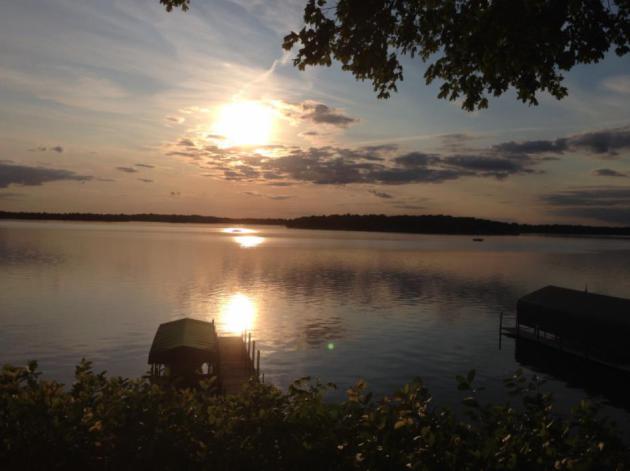



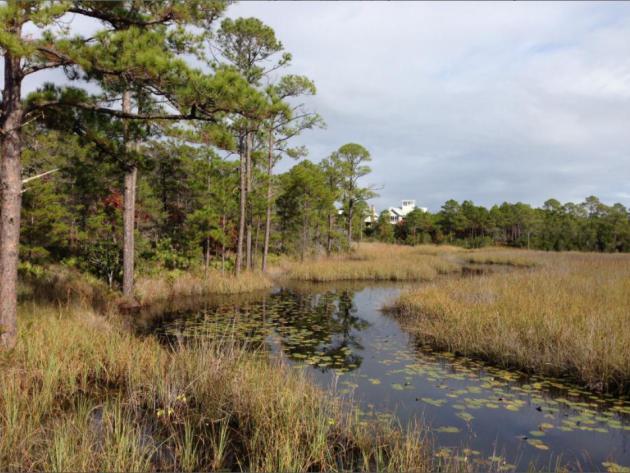

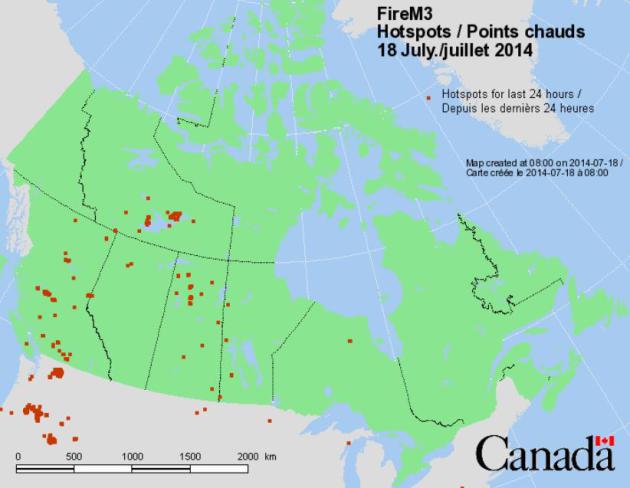
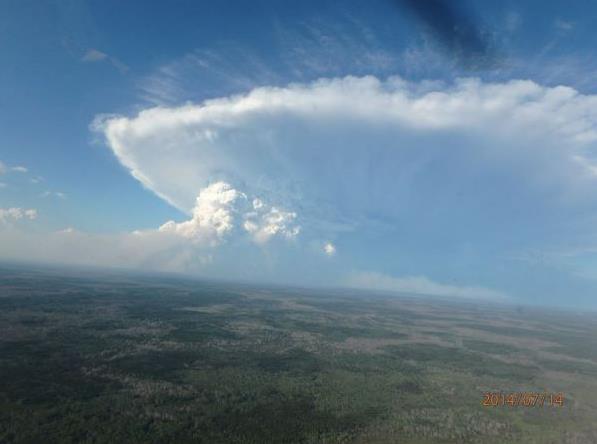
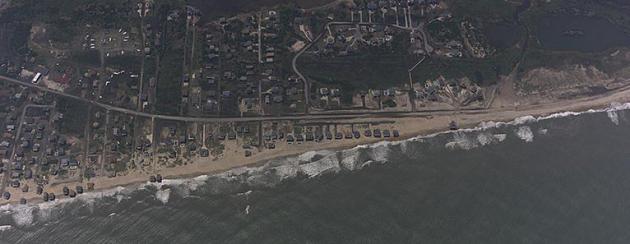
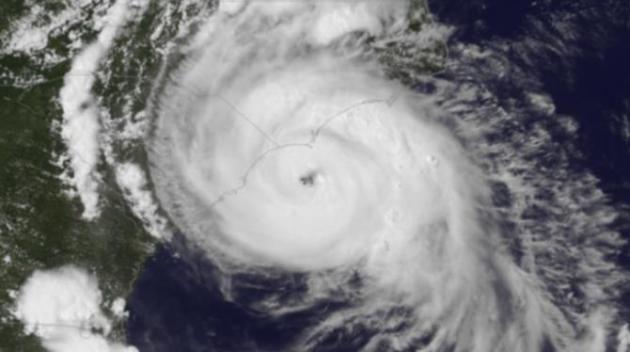
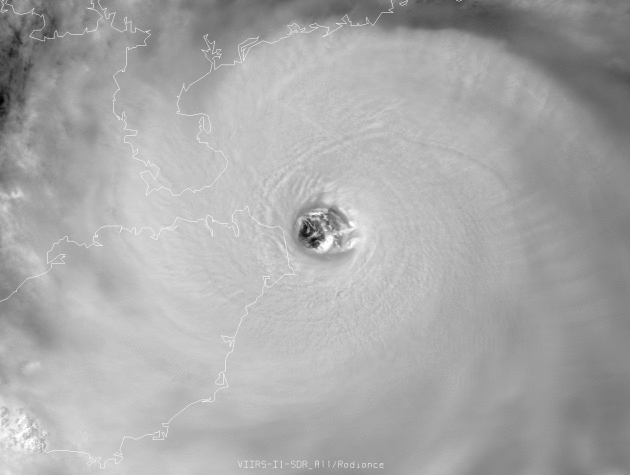
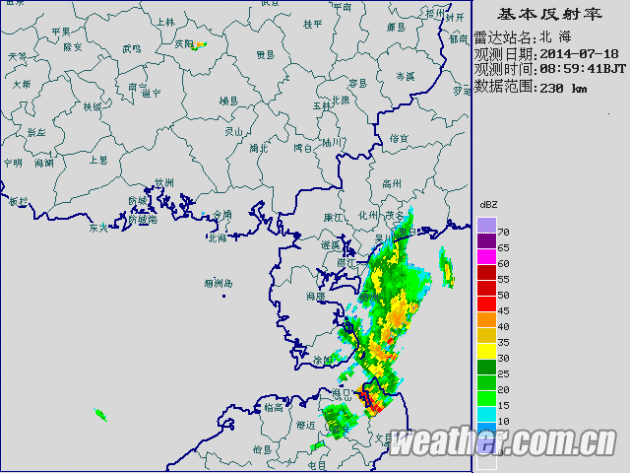
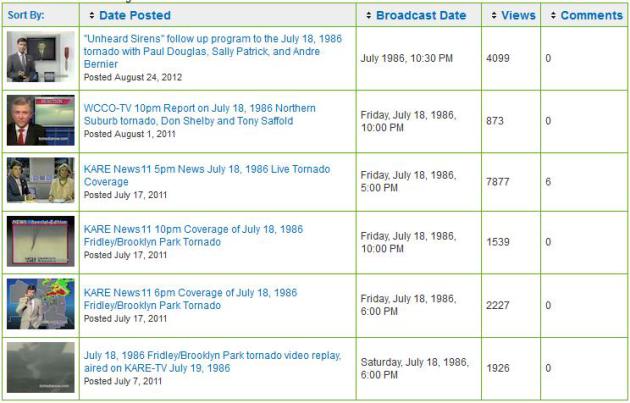
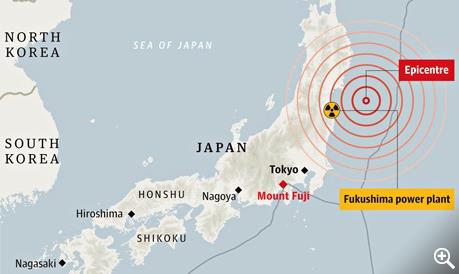
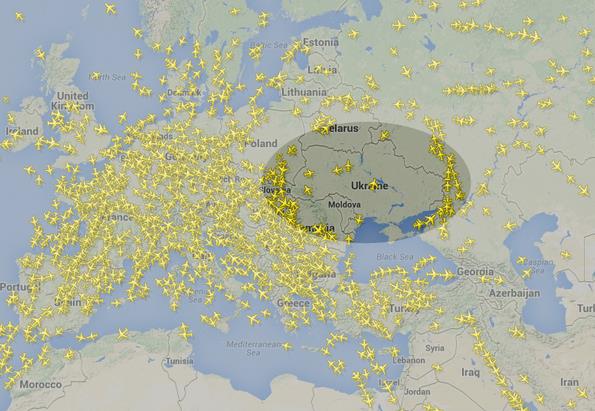


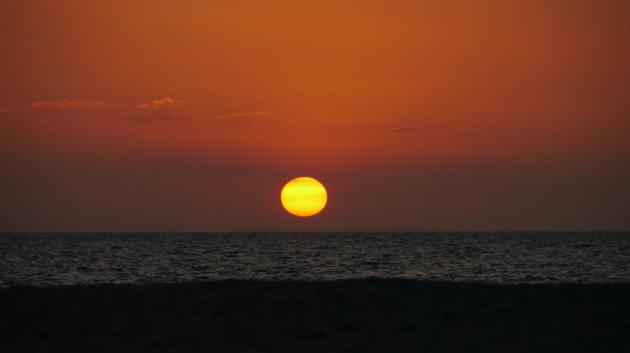
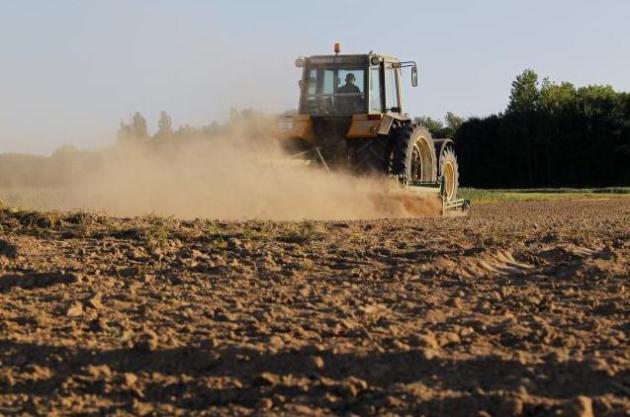
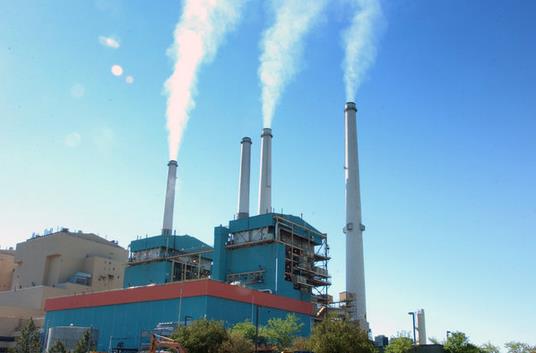
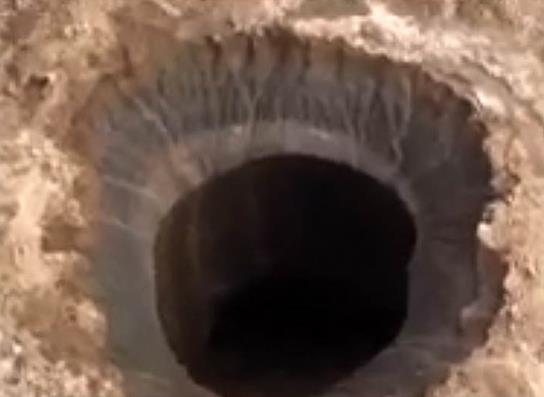

No comments:
Post a Comment